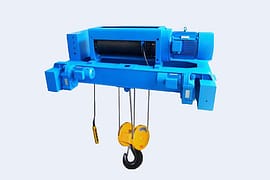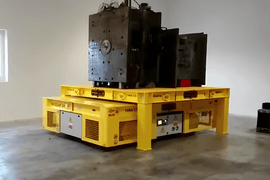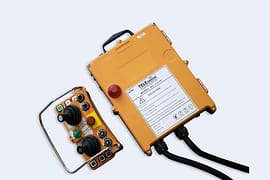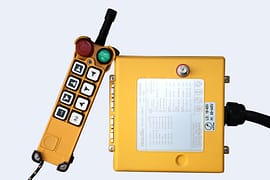Buy Jib Crane: What You Need to Know
Jib cranes are an essential tool for lifting and moving heavy loads in various industries, from manufacturing to construction. Buying a jib crane can be a big investment, so it’s essential to understand your needs and options to make an informed decision. In this article, we’ll go over some key factors to consider when buy jib crane, including different types of jib cranes, load capacities, and mounting options.
Types of Jib Cranes
When you want to buy jib crane, choosing the type of jib crane is a very important thing. There are different types of jib cranes available in the market, each with its unique characteristics and applications. Here are some common types of jib cranes:
Wall-Mounted Jib Crane
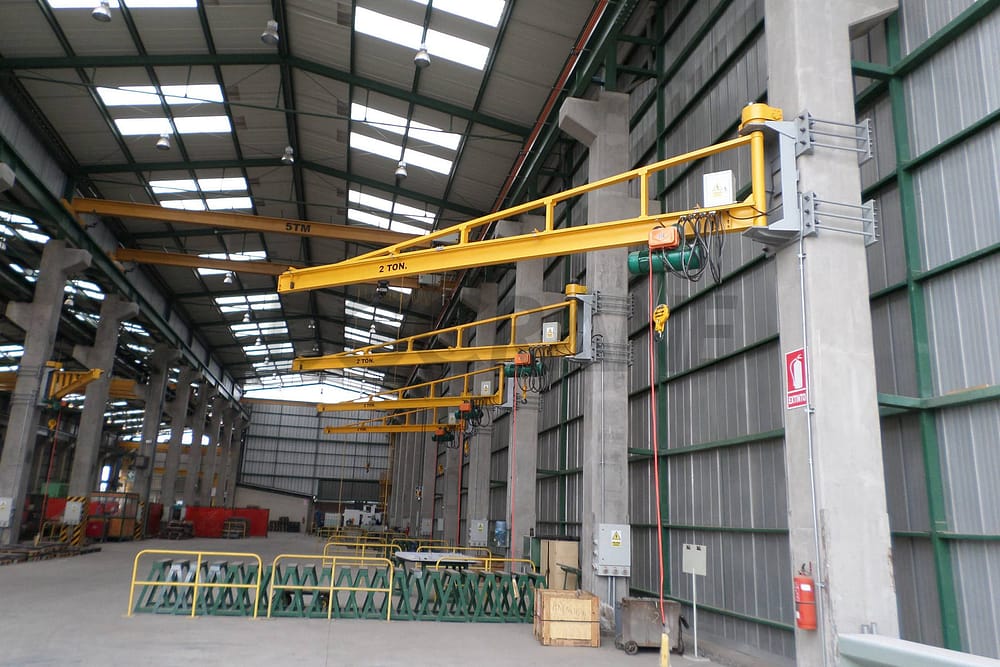
As the name suggests, a wall-mounted jib crane is attached to a wall or column, making it an ideal choice for facilities with limited floor space. A wall-mounted jib crane can rotate up to 180 degrees, allowing for easy maneuvering of loads within its working range.
Free-Standing Jib Cranes
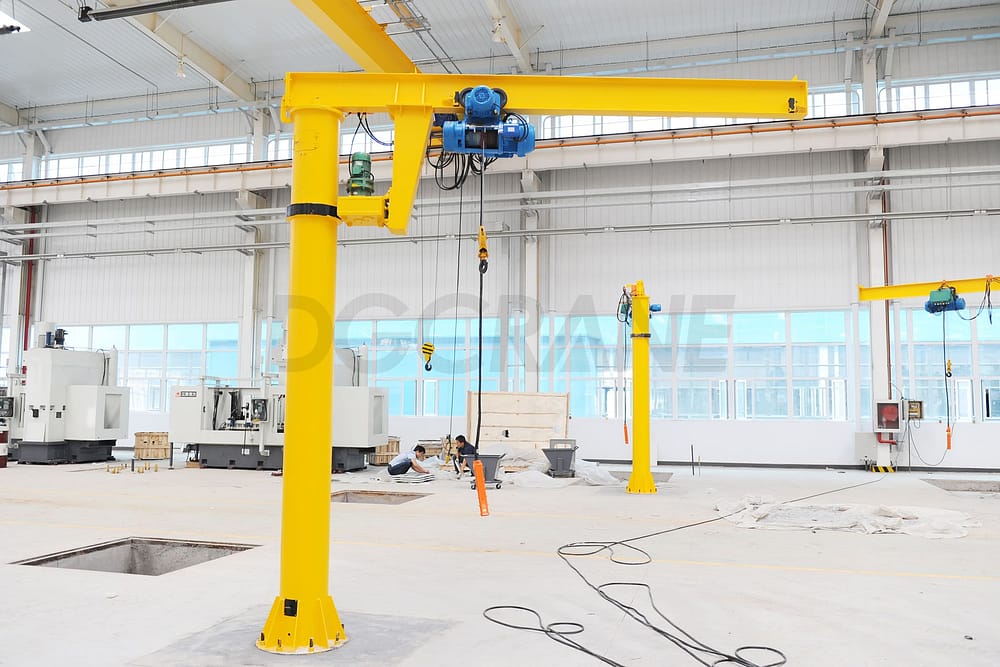
A free-standing jib crane, also known as a column-mounted jib crane, is attached to a vertical column or post, providing greater stability and load capacity than a wall-mounted jib crane. A free-standing jib crane can rotate up to 360 degrees, allowing for a wider range of motion and coverage.
Wall-Traveling Jib Crane
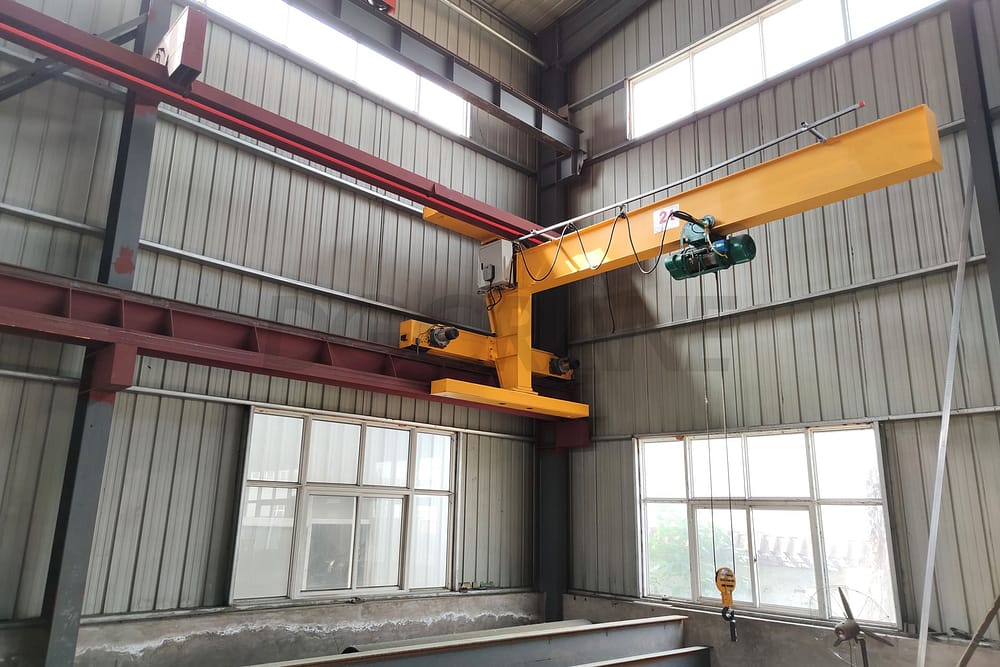
A wall-traveling jib crane is a combination of a wall-mounted jib crane and a bridge crane. It is mounted on a track along the wall, allowing it to move horizontally along the wall and rotate around its vertical axis. A wall-traveling jib crane is an ideal choice for facilities with a long, narrow workspace.
Load Capacities
When you want to buy jib crane, it’s crucial to consider the load capacity you need. Jib cranes come in different load capacities, ranging from a few hundred pounds to several tons. The load capacity of a jib crane depends on various factors, such as the type of crane, the boom length, and the mounting location.
For light-duty applications, a wall-mounted jib crane with a load capacity of up to 1 ton can be a good choice. For heavier loads, a column-mounted jib crane with a load capacity of up to 5 tons can provide the necessary support and stability.
Mounting Options
Jib cranes can be mounted in different ways, depending on the workspace and load requirements. Here are some common mounting options:
Floor-Mounted Jib Crane
A floor-mounted jib crane is attached to a concrete foundation, providing maximum stability and load capacity. A floor-mounted jib crane is an ideal choice for facilities with high ceilings and heavy loads.
Portable Jib Crane
A portable jib crane is a self-supporting crane that can be moved around the workspace as needed. It is an ideal choice for facilities that require occasional lifting and moving of loads.
Mast-Type Jib Crane
A mast-type jib crane is a freestanding crane with a vertical mast that supports the boom. It is an ideal choice for facilities with limited floor space and low ceilings.
Conclusion
When you want to buy jib crane, it’s crucial to consider your workspace, load requirements, and application needs. Different types of jib cranes, load capacities, and mounting options are available to suit various applications and industries. By understanding these factors, you can make an informed decision and choose a jib crane that meets your needs and provides maximum efficiency and safety in your workplace.
FAQs
Q: What is the difference between a pillar jib crane and a wall jib crane?
A: A pillar jib crane is mounted on a pillar or column, while a wall jib crane is mounted on a wall or vertical surface.
Q: What is the maximum weight that a jib crane can lift?
A: The maximum weight that a jib crane can lift depends on the specific model and capacity of the crane. Be sure to check the manufacturer’s specifications before making a purchase.
Q: Can a jib crane be used outdoors?
A: Yes, some jib cranes are designed for outdoor use. However, it’s important to choose a crane that is specifically designed for outdoor use and can withstand harsh weather conditions.
Q: What is the average lifespan of a jib crane?
A: The average lifespan of a jib crane depends on several factors, including the frequency of use and maintenance. However, with proper maintenance and care, a jib crane can last for many years.
Q: How long does it take to install a jib crane?
A: The installation time for a jib crane varies depending on the specific model and installation site. However, on average, it can take between 1-2 days for installation to be completed.














































